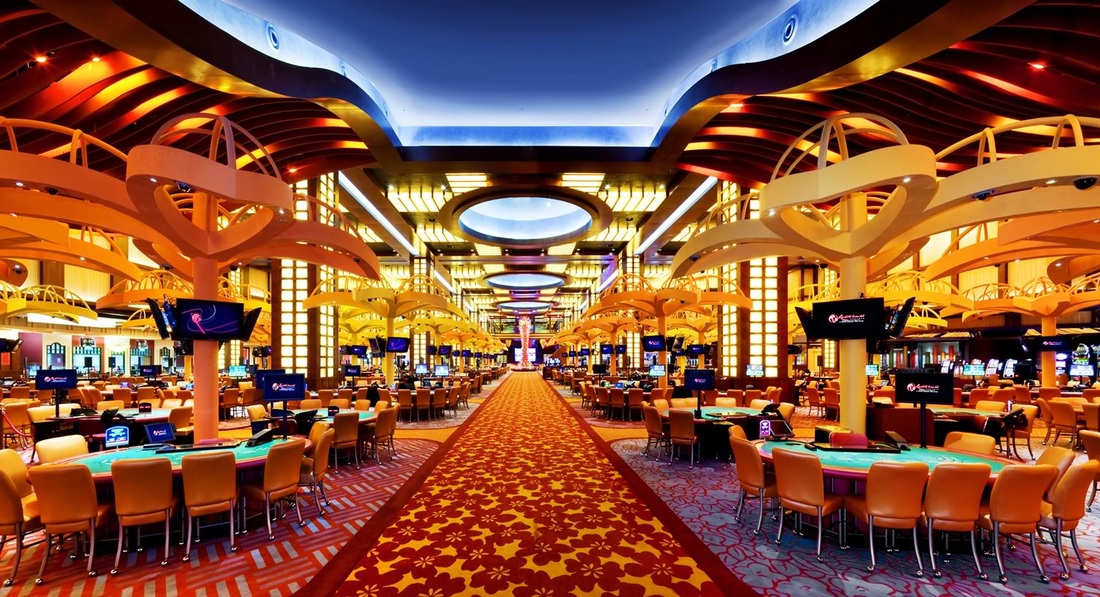
Casino games have long captivated the human imagination, drawing players into a realm filled with fortune, tactics, and the allure of adventure. Each experience is painstakingly crafted not just for enjoyment, but also to inspire targeted emotional responses that keep gamblers immersed and committed. Understanding the motivations behind these designs reveals much about how human psychology plays a vital role in the gaming experience.
From the bright lights and vibrant sounds to the sophisticated layering of guidelines and rewards, casino games are designed to create an atmosphere of excitement and anticipation. Game designers leverage mental cues to influence participant behavior, whether through the use of jackpots, close-call situations, or community engagement. By examining these elements, we can better appreciate how casino games fulfill not just a want for entertainment, but more profound psychological needs for thrill and uncertainty.
Understanding Gamer Behavior
Casino games are engineered with a profound understanding of gamer psychology, which is crucial for attracting and keeping players. The excitement of the game, alongside the expectation of winning, establishes a formidable allure. Game designers utilize elements like sonic elements, vibrant graphics, and captivating gameplay to engage attention and generate emotional responses. These sensory elements enhance the overall experience, making players feel more attached in the game.
Another important aspect of player behavior is the idea of risk and reward. Casino games often manage high-risk scenarios with the potential for significant rewards, which can cause the occurrence known as near-miss effect. When players come near to winning, the brain secretes dopamine, reinforcing their behavior and motivating them to persist playing in search of that hard-to-reach win. This cycle of anticipation and disappointment plays a critical role in how games are structured and promoted.
Lastly, social elements also play a critical role in player behavior at casinos. Many games are designed to be played in groups or in company with other players, nurturing a sense of community and shared experience. The social interaction inherent in games like baccarat enhances enjoyment and can result in extended gameplay. Designers take advantage on this by creating environments that encourage players to remain, connect, and return, making the overall casino experience more inviting.
The Role of Visuals and Audio
Imagery and sound play a crucial role in elevating the gambler’s experience within casino games. Designers utilize bold colors, striking graphics, and engaging animations to capture gambler’s attention and sustain their focus. The use of motifs, such as exploration or luxury, helps create an enthralling atmosphere that transports players into another world. By appealing to the senses, these elements add to a heightened emotional response, encouraging players to interact more deeply with the games.
Sound design is just as important in reinforcing the experience of gambling games. Da88.com The combination of ambient music, sound effects for winning combinations, and ambient noises creates an sound landscape that keeps players fascinated. Audio cues associated with victories, such as chiming bells or festive music, evoke feelings of excitement and reward, encouraging players to keep playing. These audio cues are carefully placed to enhance the thrill of the game and create a more immersive experience.
Additionally, the synchronization of imagery and audio is crucial for supporting the game’s overall theme and atmosphere. Each element should align seamlessly to create a cohesive experience that pulls players in. The effective use of this synergy not only improves user enjoyment but also boosts the chances of repeat play, as players become more engaged in the immersive world that the gambling games offer. This thoughtful combination of imagery and audio ultimately enhances player involvement and commitment.
Reward Structures and Engagement
The design of casino experiences greatly depends on reward systems to keep participants engaged and returning for more. These systems are rooted in psychological principles that exploit human nature and motivation. Players are often driven by the thrill of winning, which is reinforced by immediate responses through the game’s design. This instant gratification not only improves the overall experience but also fosters a sense of success, encouraging players to continue playing in hopes of greater rewards.
Gaming establishments implement various incentive systems, such as jackpots, bonuses, and multipliers, to engage participants. These features create a level of thrill that maintains engagement. Additionally, the randomness of outcomes plays a significant role in keeping attention. The intermittent reinforcement schedule, where wins are random but occur often enough, maintains participants on edge and motivated to continue participating. This loop of anticipation and anticipation is foundational to the success of gambling experiences.
Moreover, community aspects, such as competitive events and multiplayer features, enhance the engagement factor by leveraging the competitive nature of participants. The shared experience of gaming with others can intensify the excitement of success and create a sense of community within the casino. By combining these community elements with efficient incentive structures, casino games don’t just provide fun but also foster a stronger connection among players, solidifying their loyalty to the overall experience.